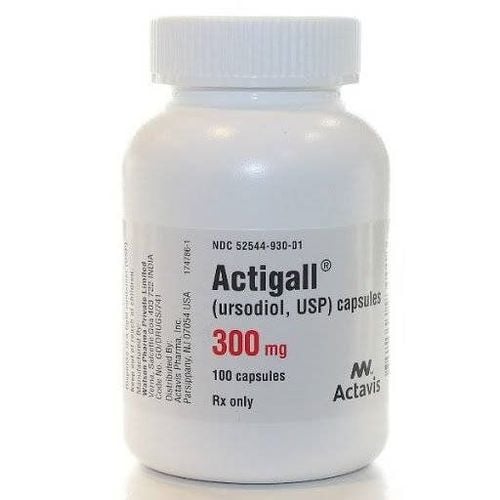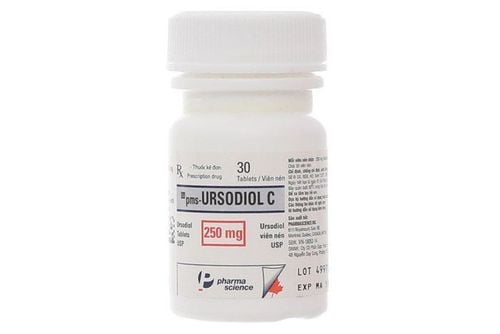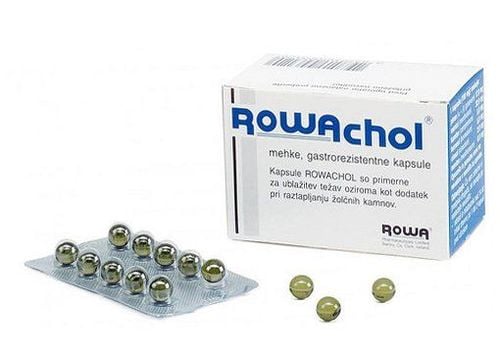This is an automatically translated article.
The article is expertly consulted by MSc Duong Xuan Loc - Gastroenterologist - General Surgery Department - Vinmec Danang International General Hospital.After surgery to remove gallstones, many patients think they are completely cured. But in fact, up to 50% of patients with gallstones survive or recur after 3 to 5 years of surgery. Particularly with gallstones, the time to relapse is earlier, maybe only a few months after treatment.
1. What is residual/recurrent gallstones after surgery?
Residual gallstones are gallstones that are missed because they are undetectable or cannot be removed during surgery. Residual gallstones are usually detected by cholangiography or ultrasonography during and after surgery.According to statistics, the rate of stone remnants during session (i.e. planned surgery) ranges from 10-20%, with emergency surgery about 28-33%. Particularly for the case of stones in the liver, the stone survival rate is very high (up to nearly 70%).
After surgery, will gallstones recur? In fact, not having to complete surgery means that the patient has completely recovered, because the phenomenon of recurrent gallstones can occur with a fairly high rate. Recurrent gallstones after surgery are cases where new gallstones form after the previous stone has been removed. The time for stone recurrence depends on each patient, health regime and preventive treatment, usually 6 months.
It is estimated that the number of patients with recurrent gallstones is equivalent to the number of patients with gallstones after surgery.
2. Causes of residual/recurrent gallstones after surgery
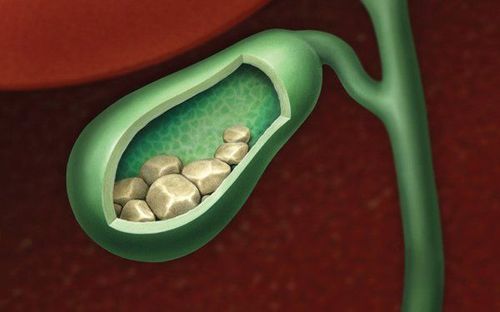
Many stones in the liver, especially stones located deep in the hepatic ducts; Stones in the liver accompanied by narrowing of the hepatic duct; Too many gallstones and urinary stones, especially during emergency surgery; The stone is located in the aneurysm at the base of the common bile duct or is stuck in the ampulla of Vater; The size of the common bile duct is narrow, making it difficult to examine and remove stones; Failure to examine and evaluate intraoperative biliary system (intraoperative cholangiography); The cause of recurrent gallstones after surgery is often due to not completely resolving the bile stasis and biliary tract infection in the previous surgery. In addition, due to a number of reasons such as:
The anatomical structure of the biliary tract creates favorable conditions for the formation of stones (stricture of the biliary tract); Due to old sutures biliary tract; Due to worms, eggs or carcasses in the biliary tract; Recurrent stones in the common bile duct may form in the common bile duct or from the hepatic duct, the gallbladder moves down; Residual stones can cause stasis and bile sludge will form new stones.
3. How to limit the possibility of gallstones remaining/recurrence after surgery?
From determining the cause of gallstone retention and recurrence after the above surgery, it can be prevented by:Prepared surgery and assessed the stone situation before surgery; There are measures of intraoperative biliary exploration such as cholangiography, ultrasound and cholangioscopy; Use effective tools and methods to remove stones; Creating bile-intestinal circulation, preventing recurrence of biliary obstruction by cholecystectomy, widening the muscle of Oddi; Besides, the patient needs to continue the treatment regimen after gallstone surgery with:
Deworming and parasites. Choleretic, antispasmodic biliary tract. Antibiotic against cholangitis.
4. Treatment when gallstones persist/recur after surgery
In case of surgery for gallstones, some methods can be applied:Pump under pressure or injection phase Heparin (3 - 5 ml) (Heparin containing negative charge will affect the positive charge on the surface. stones dissolve stones); Irrigation with physiological saline + Atropin + Nitritamyl if the stones are small and the muscles of Oddi are still soft; Using drugs to dissolve stones: Chenodeoxycholic and ursodeoxycholic bile acids, MTBE (methyl Tertiary Butyl Ether) mixture to treat cholesterol stones, Sodium hexamethaphosphate to dissolve bile pigment stones; Stone removal through Kehr drainage tube by Burhene technique: Performed 4 weeks after surgery when Kehr tube has created a solidly enclosed tunnel and used special instruments (Dormia, Forgaty) under Brightened fluorescent screen to remove residual stones. The effective rate of the method is from 90 to 95%; Using a flexible Kehr bronchoscope to view the common bile duct and lithotripsy in the intrahepatic and extrahepatic biliary tract by electrohydraulic; Using endoscopic duodenectomy to remove the muscle of Oddi to remove common bile duct stones;
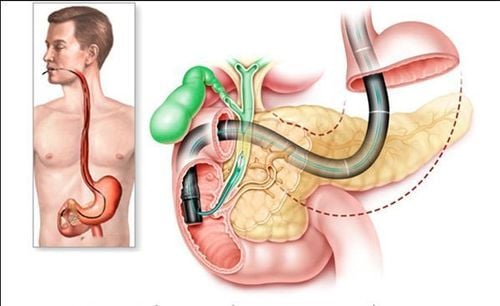
In addition to the cases of emergency surgery or delayed emergency due to complications of recurrent gallstones, the indication for session (planned surgery) with gallstones is often carefully considered based on characteristics. clinical, gallstones (location, size, number of stones...), biliary tract lesions, complications that have occurred and response to medical treatment.
Re-surgery to remove stones is a complicated surgery because after many operations, the anatomical position changes, liver, kidney and pancreatic functions are reduced. Therefore, it is necessary to minimize reoperation by preventing recurrence.
Thus, managing residual gallstones and recurrence after surgery is difficult, causing more impact on internal organs, so the first surgery to remove gallstones needs to be effective, preventing recurrence is the best.
Vinmec International General Hospital is a prestigious medical address so that patients with gallstones can choose effective gallstone treatment. Depending on the condition of the disease, the doctor will prescribe the patient to take medicine or surgically remove the stone. Gallstone surgery methods at Vinmec are the most advanced methods in the world, performed by a team of highly skilled, experienced doctors and modern equipment and technology, meeting international standards. , will minimize the possibility of gallstones remaining or reoccurring after surgery.
Master. Doctor Duong Xuan Loc has more than 12 years of experience as a Gastroenterologist and is currently a Gastroenterologist at the Department of General Surgery - Vinmec Danang International General Hospital.
Please dial HOTLINE for more information or register for an appointment HERE. Download MyVinmec app to make appointments faster and to manage your bookings easily.





